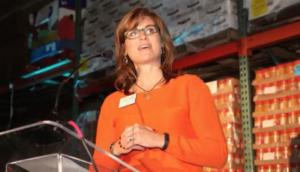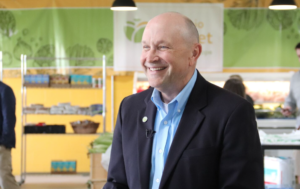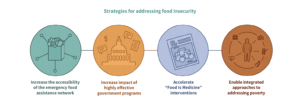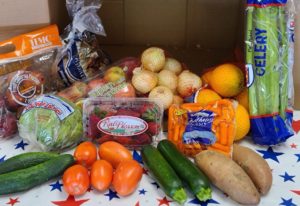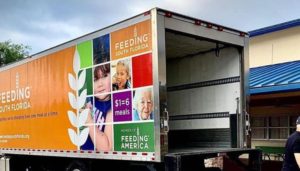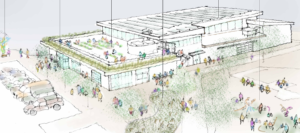After 15 years at the aid organization CARE, where he confronted conflict, earthquakes, tsunamis and other disasters, Thomas Reynolds, the CEO of Northwest Harvest in Seattle, understood the “absolute” importance of being prepared for the Covid-19 virus. So early on, he did what you do in these situations and devised what-if scenarios that mapped out the impact of 800, 8,000, 80,000 or 800,000 people being impacted by the virus in his region.
Incredibly, the direst prediction turned out to be true, with the Seattle Chamber of Commerce expecting 960,000 people to be at risk of losing their job in the state, more than half a million children losing access to school lunch, and an entire population of seniors being told to stay home. Seattle was the first Covid-19 hotspot in the nation, before New York took over the distinction.

Northwest Harvest now expects that demand for food provided by food banks in the state will at least double, even when federal aid and school feeding programs are taken into account. The urgent need for food will begin to peak in about four weeks, and remain at peak demand for at least 12 and up to 20 weeks, Reynolds predicted.
Being forced to imagine that scale of demand has helped Northwest Harvest plan its response, which centers around the production and distribution of emergency food boxes along three parallel tracks. “Our assumption is that there will be massive demand for emergency food boxes,” whether they are delivered to schools, pantries, homes, senior centers, curbside or elsewhere, Reynolds said.
Part One of the plan is to contract with third-party logistics providers to box up emergency food provided by Northwest Harvest. The contractors will pack the food according to the food bank’s specifications, put it onto pallets, and truck it to distribution locations. One such contractor normally performs manufacturing jobs for the military, but now has extra capacity as jobs have gotten canceled, Reynolds said.
Northwest Harvest will also procure already-boxed food from vendors that sell pre-packed meals (usually for disaster preparedness, but also for camping expeditions or other uses). The food bank is currently on the waiting list of a vendor in California for the service.
Finally, Northwest Harvest is reconfiguring its packing rooms so volunteers can pack emergency food while still complying with safety guidelines. It has moved packing stations further apart in three rooms, so 10 volunteers at a time can work in each room, for 30 volunteers total. (That compares to 150 to 200 who usually volunteer at a time.)
Volunteer tasks have also been reorganized. Previously, Northwest Harvest volunteers separated donated food into like items and shipped it to the pantries, which then packed it into individual family boxes. With the labor force of over-60 workers now gone from the pantries, Northwest Harvest is now taking on the task of creating the family boxes on site, to be sent ready-made to the pantries, Reynolds said.
As the crisis continues to unfold, Reynolds is deploying tactics familiar to the international humanitarian community, but still new in domestic hunger relief. Things like situation reports, task force meetings, macro needs analyses and the voice of the community are now becoming part of standard practice at Northwest Harvest. It’s a small silver lining that Reynolds expects will still be in place once the crisis has passed. “I’m excited about the capacity and knowledge base that’s being built,” he said.
CAPTION ABOVE: Reynolds displays one of the emergency packs being handed out to pantry clients.


